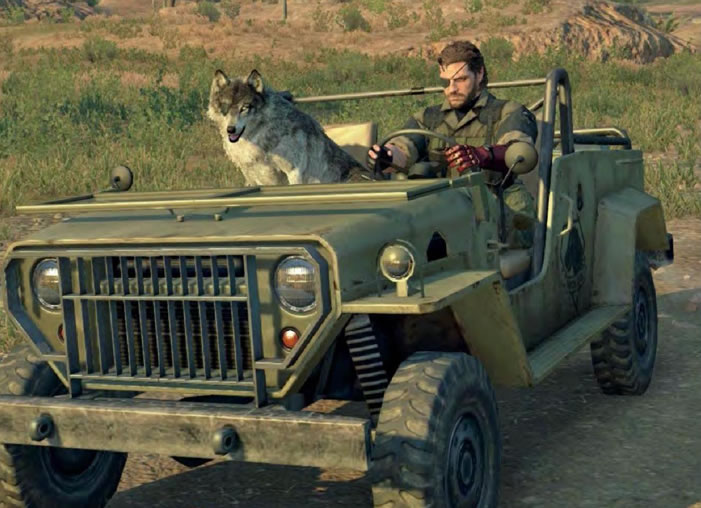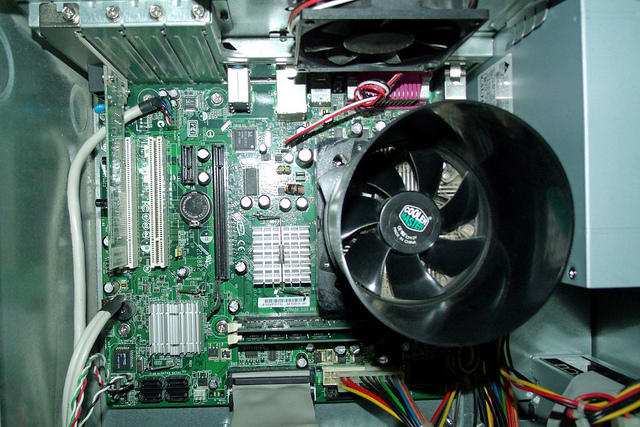

There’s no franchise capable of conjuring memories of high-velocity, high-octane vehicular action than Need For Speed. And after years of floundering releases and endless sequels, Electronic Arts decided to hand the reins of the franchise to the UK’s Criterion Games, famed creators of the Burnout series. After an impressive return to form with Hot Pursuit, Criterion turned their attention to a bigger, better, and more bad-ass open world with Need For Speed Most Wanted.
Bringing their experience with Burnout to the Most Wanted name is certainly taking a distinct approach that not every fan would be thrilled with. By favoring action and multiplayer over faithful simulation, does Criterion succeed in delivering something refreshing, or does the formula seem all too familiar?
From the very beginning it’s clear just how low a priority simulation is for this Most Wanted experience. The creators of the Burnout series haven’t used ‘simulation’ in their vocabulary very often, but in this case even the car-specific physics and handling witnessed in Hot Pursuit are more varied than those in Most Wanted. Acceleration and weight are factors (in say, a half-ton pickup vs. a sports car) but speed and intensity are always the main goal, not variable handling or weight distribution.
It’s this factor, above all others that makes Most Wanted best described as Burnout Paradise 2 – and that isn’t a complaint. It’s bigger, better looking, more dynamically designed, and simply more alive and realistic. Yet it still possesses more of Criterion’s one-of-a-kind approach to world design: build the roads to go fast and corner sharp, and let the player do the rest of the work. Namely, drive forward, and keep the pedal to the metal (whether on the road or off) in their quest to become the city’s most wanted scofflaw.
The game is designed to keep the player moving, accelerating, and exploring; and for the most part, it works. The hardware and software evolution from Criterion’s past work is put to use in streamlining the experience and reducing load times. No need to travel to a garage or home base to swap cars – simply load the in-game EasyDrive menu and choose a new ride. The less-is-more design philosophy (and Kinect integration) work flawlessly, and make it easier than ever to watch hours fly by, along with the miles.
As much fun as it is to scour the streets of Fairhaven to discover, unlock, and commandeer the various supercars and everyday wheels, the heart of Most Wanted lies in the online multiplayer. We don’t just mean the returning (and updated) Autolog system, but the new definition of online vehicular competition/insanity that fans of Criterion’s games will fall in love with immediately.
The multiplayer matchmaking is sure to create a memorable experience, partying random players together for a variety of challenges. Whether it’s a simple point A to point B race, a team race, speed test, or any off-the-wall challenge, the changing goals link one event to another with little interruption. Overall the experience is nearly seamless, and an implementation of high scores and online multiplayer that all open world racers would be wise to adopt.
The most impressive aspects of the multiplayer take place under the hood, but the attitude and sense of humor that Criterion has injected into the experience (perfectly illustrated in their live-action advertising) are what make Most Wanted a must-play experience. The developers made it clear during our E3 hands-on demo that griefers would be accepted as a part of the experience, not someone to be banned or booted. And having the chance to play the game extensively proves what they meant.
The online game modes don’t just allow for unconventional activity, they welcome it. The ability to hold a lead (for points, drift distance or speed) by sabotaging the competition instead of flat-out defeating them has been much talked about, but never fails to offer a laugh. Assuming the player has a healthy sense of humor, that is.
If a player is willing to channel childhood-couch-co-op memories of harassing friends instead of getting frustrated, then Most Wanted will pay for itself in the first hour. If you’re looking for competitive simulation, though, then Criterion’s philosophy will render large portions of the multiplayer unplayable. It’s a risky decision for Criterion, and while it seems well worth it, it won’t be for everyone.
The extensive system of upgrades and customization offer a wide variety of driving improvements, which also shine in the game’s multiplayer. The potential to hone a particular car offers enough motivation to keep the singleplayer interesting, but as was the case with Burnout Paradise, the open world environment and slimmed down mechanics show everything the game has to offer quite quickly. And therein lie the largest issues with Most Wanted. Perhaps instead of ‘issues,’ the term ‘limits’ is more accurate.
Aside from the new take on multiplayer, a majority of the mechanics that define the overall experience aren’t new or original in any way. That’s not necessarily Criterion’s fault, since past games have proven just how large a market there is for arcade-style racers. And those are the same gamers that will fall in love with Most Wanted. As the upgraded, expanded and brilliantly-crafted online version of Burnout Paradise, it will be a dream come true for fans of Criterion, but little else for those who aren’t.
It’s safe to say that fans of highly simulated, singleplayer racing experiences won’t find enough to like about NFS Most Wanted to make it stand up against racers specifically tailored to those needs (Forza Horizon, for instance). But for those who still remember the thrills and countless hours of open-ended driving in Paradise, there’s no two ways about it: Most Wanted is better in every way.
Need For Speed: Most Wanted is available now for the Xbox 360, PS3, PC, Vita, iOS and Android. Game Rant played the Xbox 360 version for review.
–
Follow me on Twitter @andrew_dyce.




 Metal Gear Solid V: The Phantom Pain Guide: How To Get A D-Dog
Metal Gear Solid V: The Phantom Pain Guide: How To Get A D-Dog Hyrule Warriors Unlockable Characters and Costumes
Hyrule Warriors Unlockable Characters and Costumes Killer is Dead Wiki: Everything you need to know about the game .
Killer is Dead Wiki: Everything you need to know about the game . 8 PC Maintenance Mistakes That Kill Your Hardware Lifespan
8 PC Maintenance Mistakes That Kill Your Hardware Lifespan The Harry Stick Journey Walkthrough
The Harry Stick Journey Walkthrough